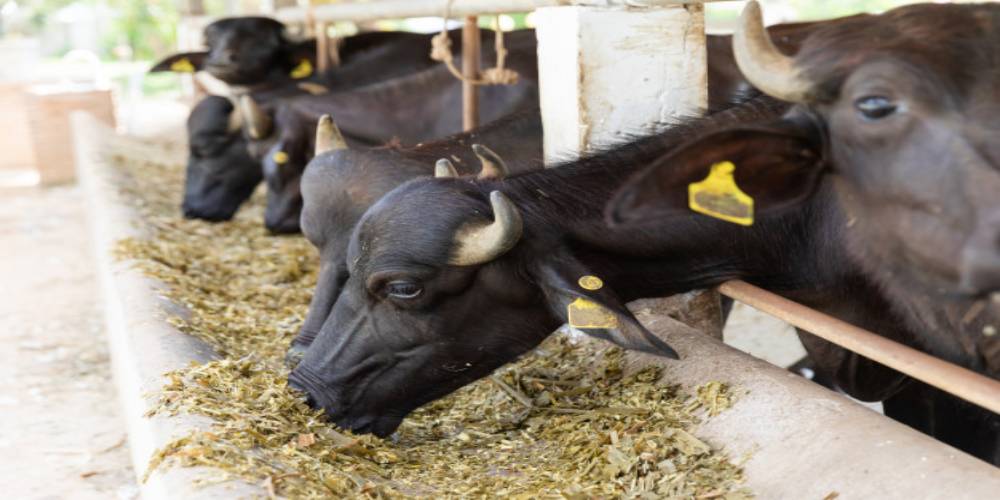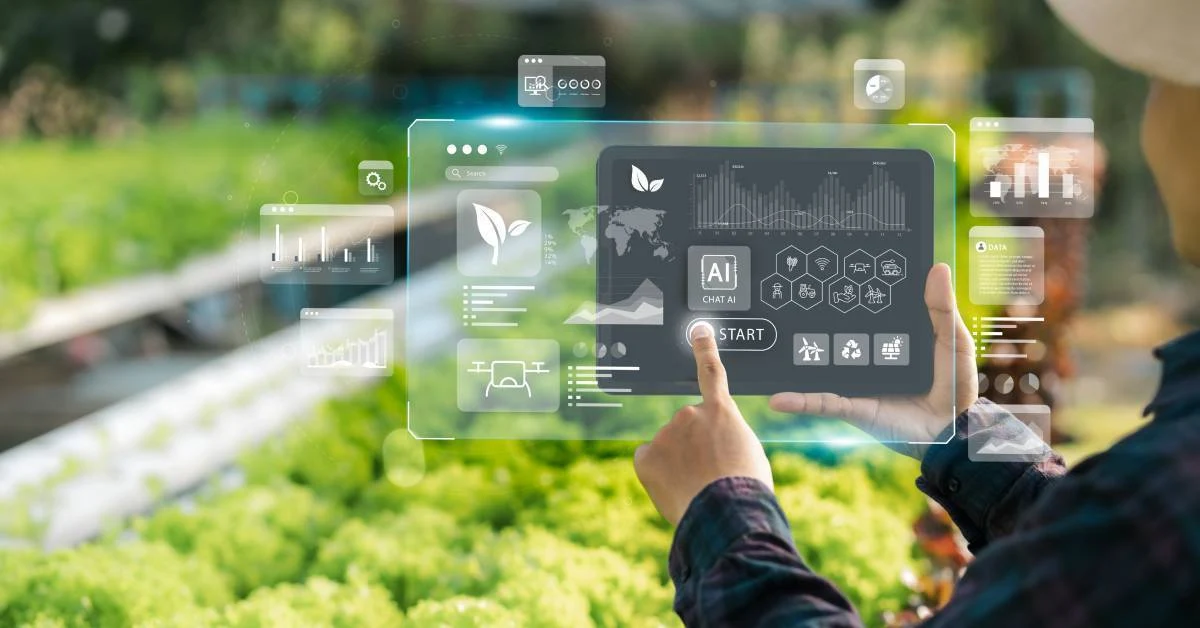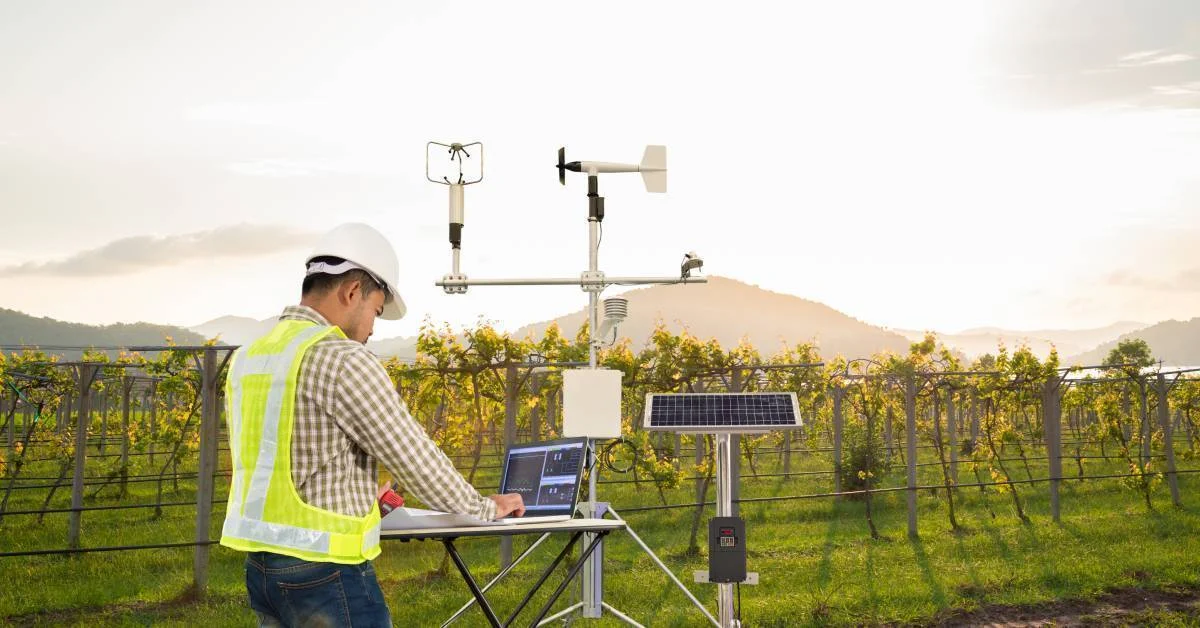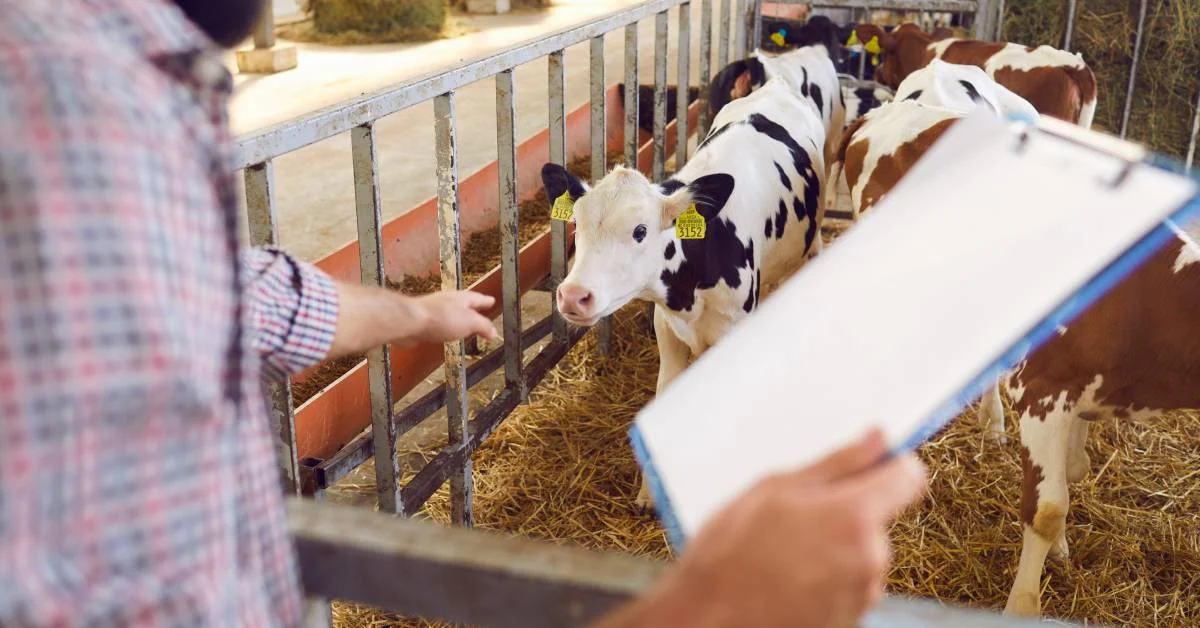Livestock Identification
It is critical to correctly identify animals. The producer can retain detailed records for milk production, reproduction, health issues, and management approaches with proper identification. A constant identification system is required for the effective keeping of this information. There are a variety of identification schemes that can be employed. The system chosen will be determined by the size of the herd, the surrounding environment, the prime reason for assessing specific animals, and federal government and purebred body laws. Permanent and non-permanent identification are the two most common varieties. Tattooing, ear notches, and microchips are all examples of permanent identification. Paint, chalk, and tags are examples of non-permanent identifying.
Livestock identification ear tags are a simple technique used to identify each cow, sheep and goat in the livestock permanently. They can be viewed without attempting to bring each goat, unlike tattoos. They can, however, shatter or be torn out of the goat’s ear, unlike tattoos. Just because of that, some farmers rely on two tags. Scrapie ear tags are necessary for goats being transported, and these can be used to identify the animals. It’s crucial to keep track of the goat’s ear tag number before inserting the ear tag. Verify that the ear tags are put between both the cartilage ribs. Producers who have their goat’s ears tagged will receive a convenient identification number that can be used to keep track of their livestock.
The business models for meat, milk and all animal items are founded on accountability: identification and quality control are the foundation of every commercial enterprise because animals live their whole lives in one location and are only shifted to slaughterhouses or marketed when they are ready.
Because the former situations usually occur far from the animals’ original location, the absence of information about the animals’ health can pose serious health problems. That is why moving animals without restrictions is impossible, and it is even more crucial to be able to follow animals throughout their whole existence.
In this situation, new technology could be effective in containing virus transmission and minimizing the chances of pollution, which is a major public health concern.
It is strongly advised that each animal raised on a farm have some sort of identity to enable and ensure a virtuous procedure at the origin while handling farms.
Farmers may monitor their herd from birth through slaughter, trying to keep track of weight gain, milk output, pregnancies and births, medical treatments, and previous illnesses, among other things.
Farmers Can Benefit from Animal Identification
Animal identification and financial reporting assist farmers in making the best option possible when culling a herd’s underperforming animals.
In the coming years, the history of an animal can be traced, negative and positive performers can be recognized, and data can be monitored to assure profit maximization. By the use of farm management software, a farmer could perhaps simplify animal data output.
Animals must be tracked down the food chain from grower to slaughtering or sale. Traceability is the capacity to monitor a meat item up the supply chain using documents stored at each point in the process.
The foundations of cattle item verification and certification systems are transparency, accessibility and quality management. Effective livestock identification and activity records are essential for traceability.
It is mandatory to identify farmed animals in many countries, and the movements of cattle, sheep, goats, and pigs must be registered both on the farm and remotely.
Tags for the ears
Wherever animal identity is required or asked for certain activities, National Regulatory Authorities regulate the manufacture and distribution of any method of identity, at the very least to keep records of the quantity of livestock enrolled in the farm registered owner.
When a farmer buys tags, he or she can use an injector to apply them to the animals.
Farmers should guarantee the following before ear tagging:
- Before each usage, ear tag applicators are cleaned and adjusted.
- Between perforating different animals, ear punches are thoroughly cleaned and disinfected.
- To prevent being misplaced, make sure the ear tag is not put near the ear’s tip.
Non-Digital Ear Tags
On both corporate and shared farms, this is the most common type of ear tag. Different color tags are simple to attach and can be used to quickly identify the breeding livestock or paternity lines. The farmer may choose to put extra letters and numbers to the tag numbers.
Digital Ear Tags
Electronic identification (EID) Using RFID technology, also known as electronic identification (EID), allows a herd’s individual ability to be better managed. EID is frequently used by commercial dairy producers. They enable data collection from tags’ integrated microchips easier and quicker.
Some of the other alternative methods are:
Facial Recognition in Animals
Farm businesses are working on an animal identification system built on biometric recognition and enabled by different techniques in Artificial Intelligence.
This technology will be used with standard identification technologies to minimize the probability of animal identification issues or deception. This will also enable data storage and recording more convenient, faster, less expensive, and secure.
Computer vision-based identification and detection isn’t perfect, but it has a high accuracy level, close to 90%, and it can help older recognition systems a lot.
Electronic and non-electronic ear tags might be misplaced, and malfunctions or faults may arise. They also find it harder to prevent frauds such as tag removal or substitution, whereas face detection poses none of these dangers. This new technology could be beneficial in conjunction with established identification techniques as well as a tool for identifying each animal during routine farm operations or transit.
From your smartphone, you will be able to identify and retrieve all animal information.
Conclusion
Whatever technique you employ for identification can be utilized to track the actual efficiency of your overall livestock. It is possible to make sensible organizational choices based on this, and it is simple to decide which animals to preserve or which one to slaughter.







